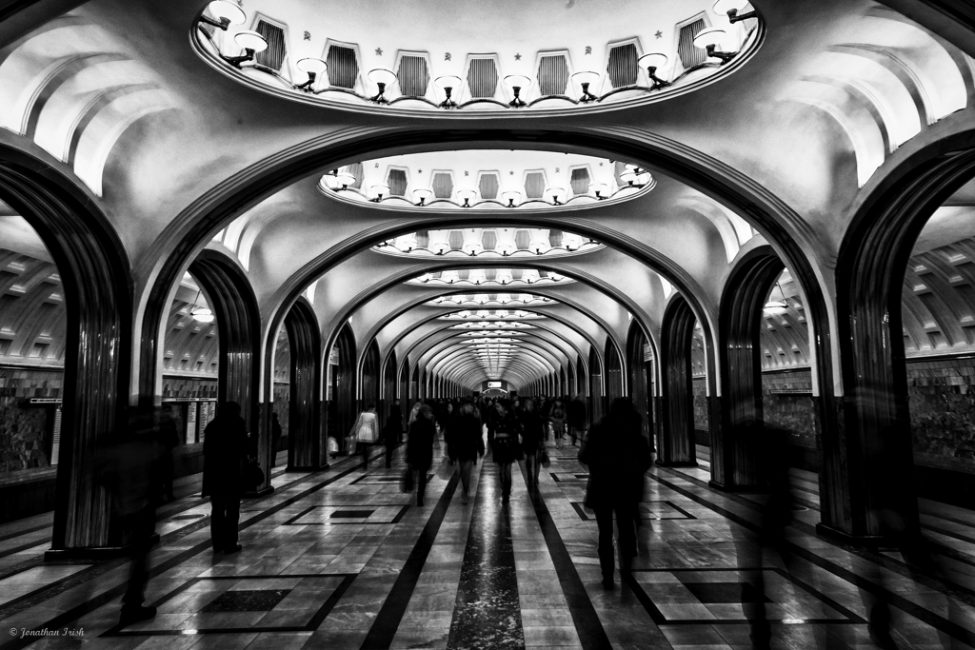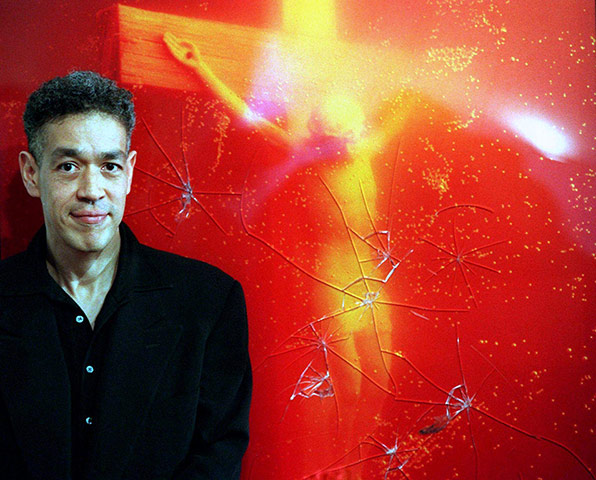
(google images)
The Moscow Metro was built in 1935 under the direction of the Stalin regime. It would come to be the first underground transportation system in the Soviet Union. According to a speech given by L.M. Kaganovich in 1935, the metro “goes far beyond the ordinary understanding of technical construction. Our metropolitan is a symbol [my emphasis] of the new socialist society currently being built . . . and operating upon bases utterly opposed to those upon which capitalist society has been constructed” (Ryklin, 262). From this contemporary assessment, a clear sense of symbolism can be derived from the building of the Moscow Metro.
The construction of the Moscow Metro was symbolic in itself, as Ryklin described that it had “conspiratorial nature” (263). Much of the actual construction of the metro was full of conspiracy, with the State lying or deceiving the public. This was seen when the state hid from the public that the metro had militaristic purposes. The state also portrayed to the public that it had built the metro entirely on its own accord, with zero aide from foreign countries, which turned out to be false (Ryklin, 263-264). I believe this conspiritual nature of the construction of the Moscow Metro is symbolism for the way Stalin’s regime operated during this time. We talked in class how Stalin is always portrayed in artwork as leaning forward in a military uniform, as a symbol for Soviet advancement. Thus, the Stalin regime gave the construction of the Moscow Metro more credit to the State then it actually deserved. Even though it was cutting edge for its time, the Soviets did receive foreign engineering aide, as well as mobilizing their entire society into constructing it, thus simultaneously putting other aspects of their society on hold during this time period.
The above Youtube video provided me several interesting images of the Moscow Metro which advanced my conceptualization of what it looked like soon after it was constructed.





